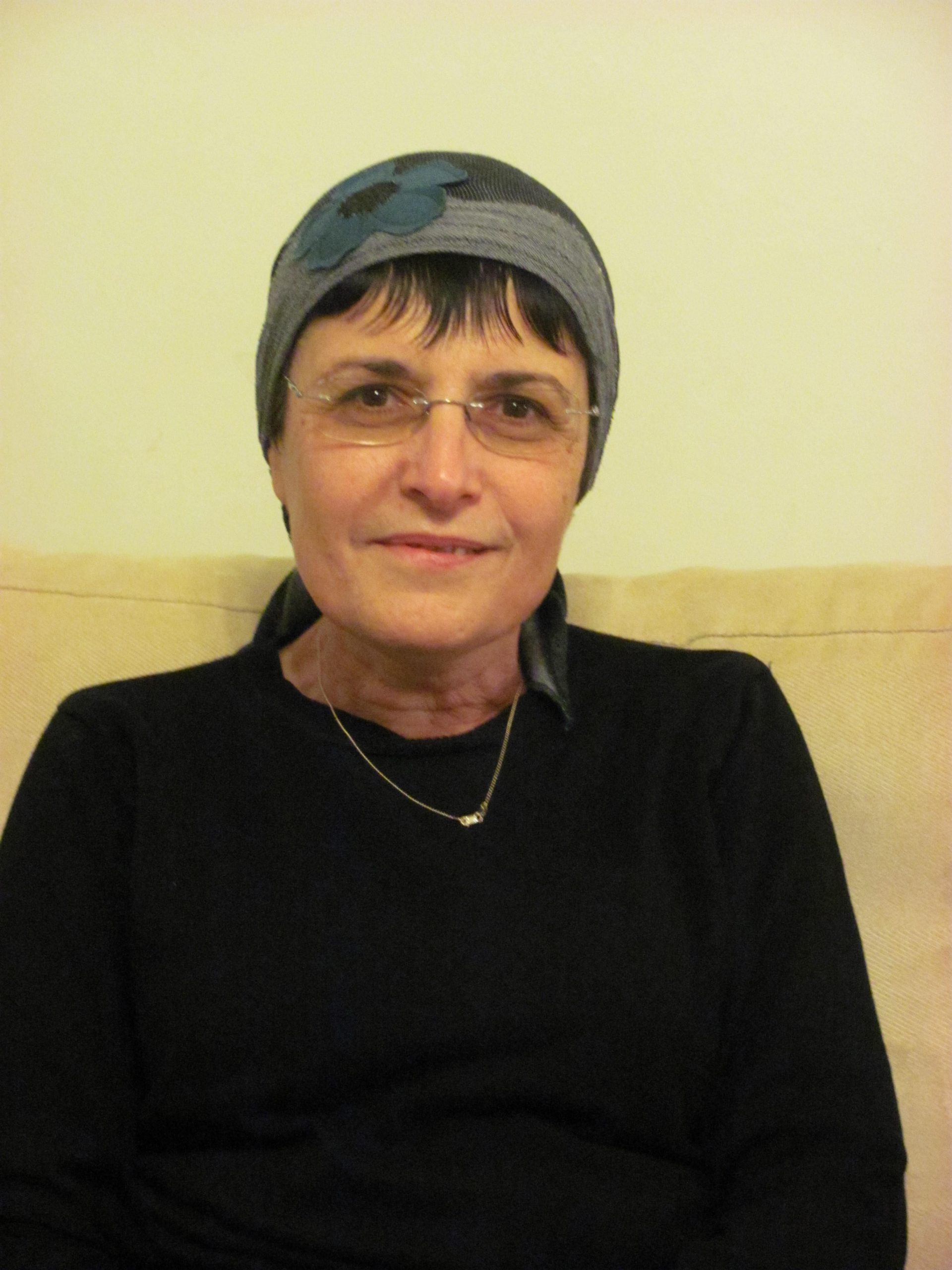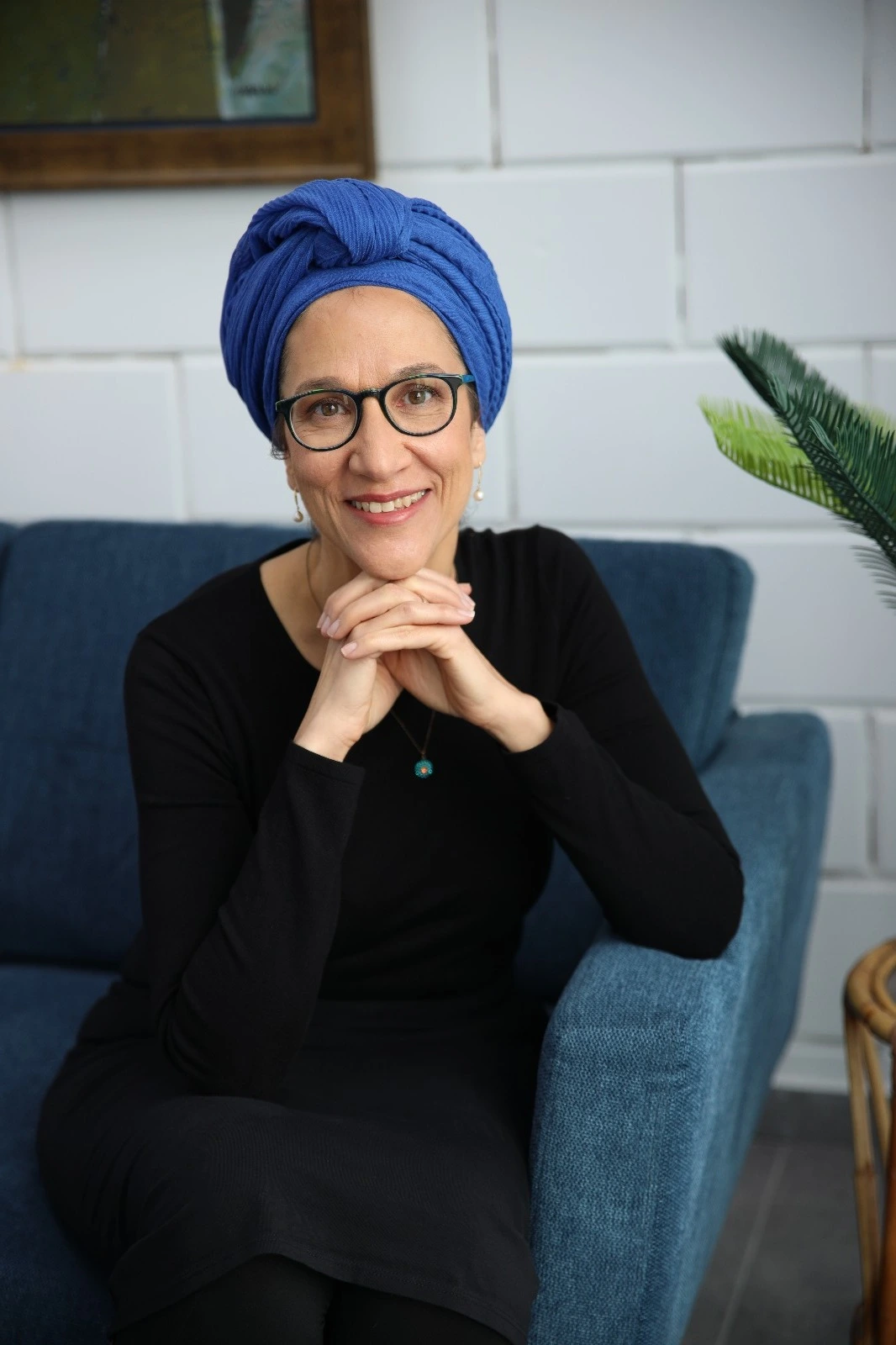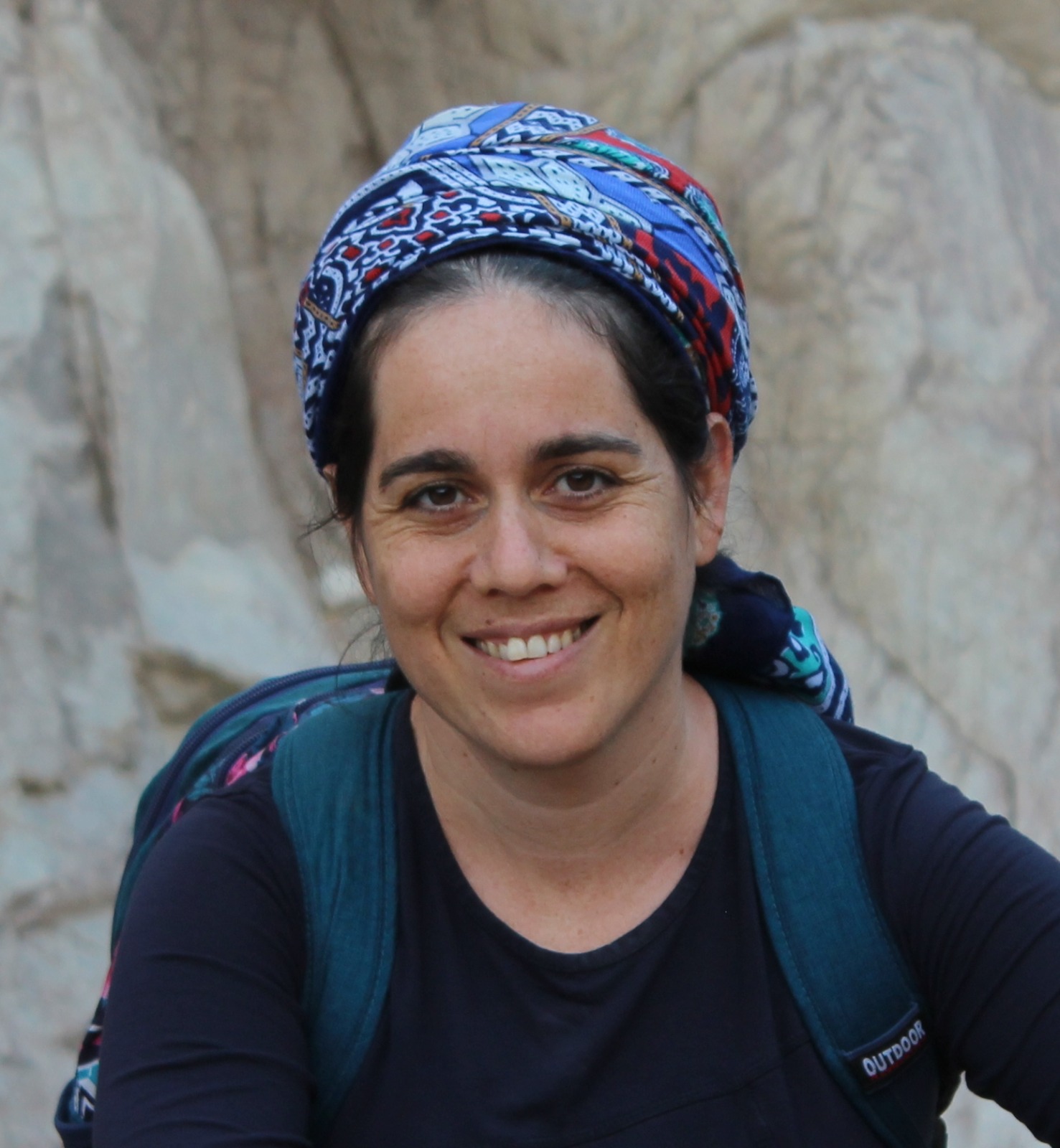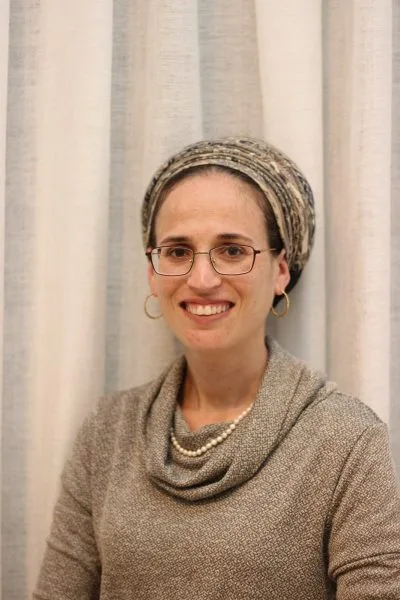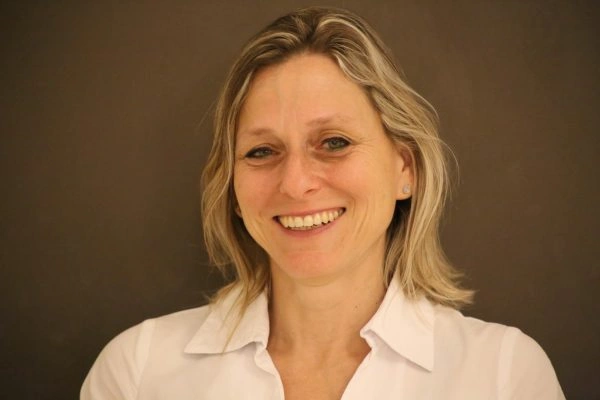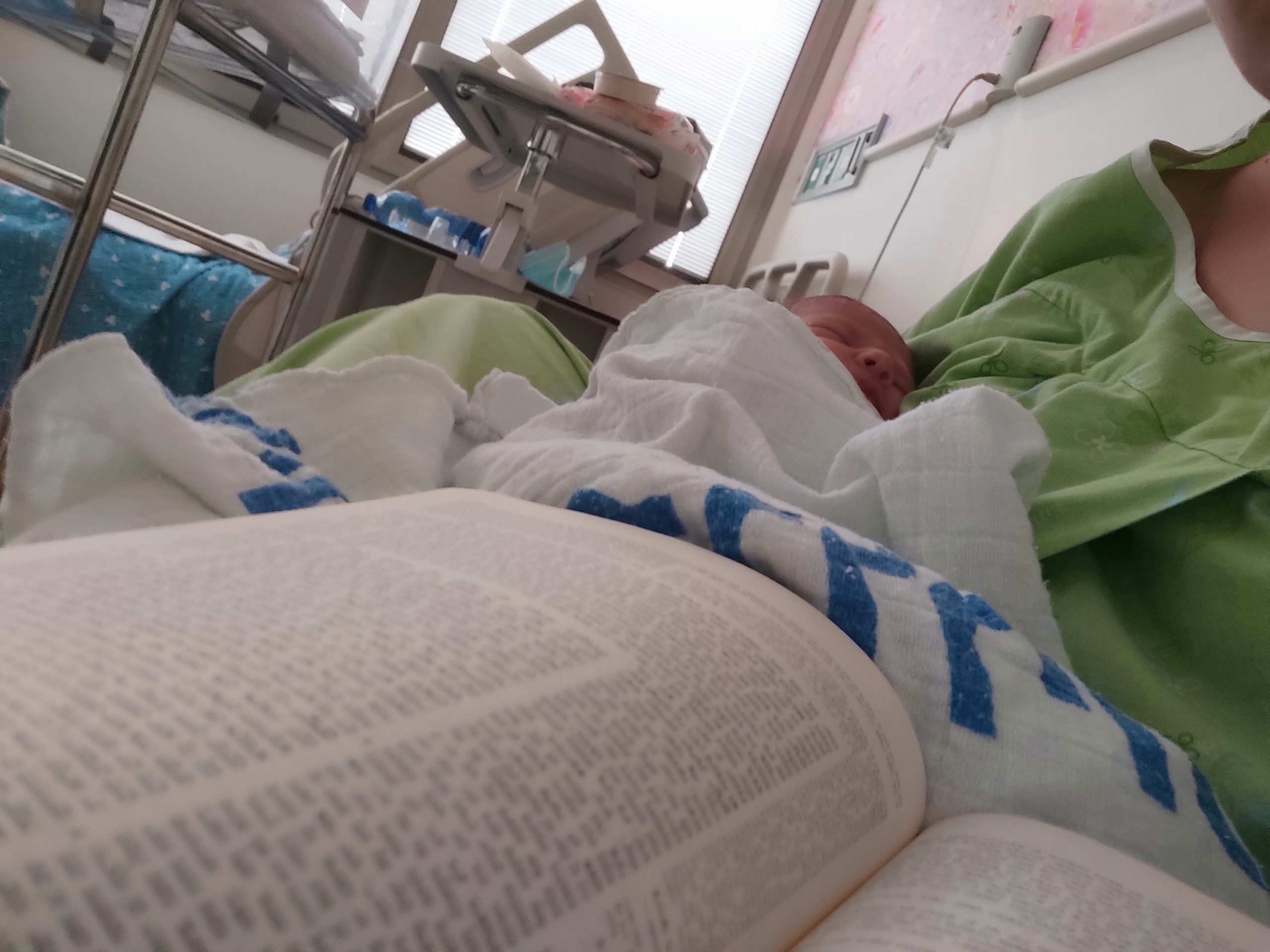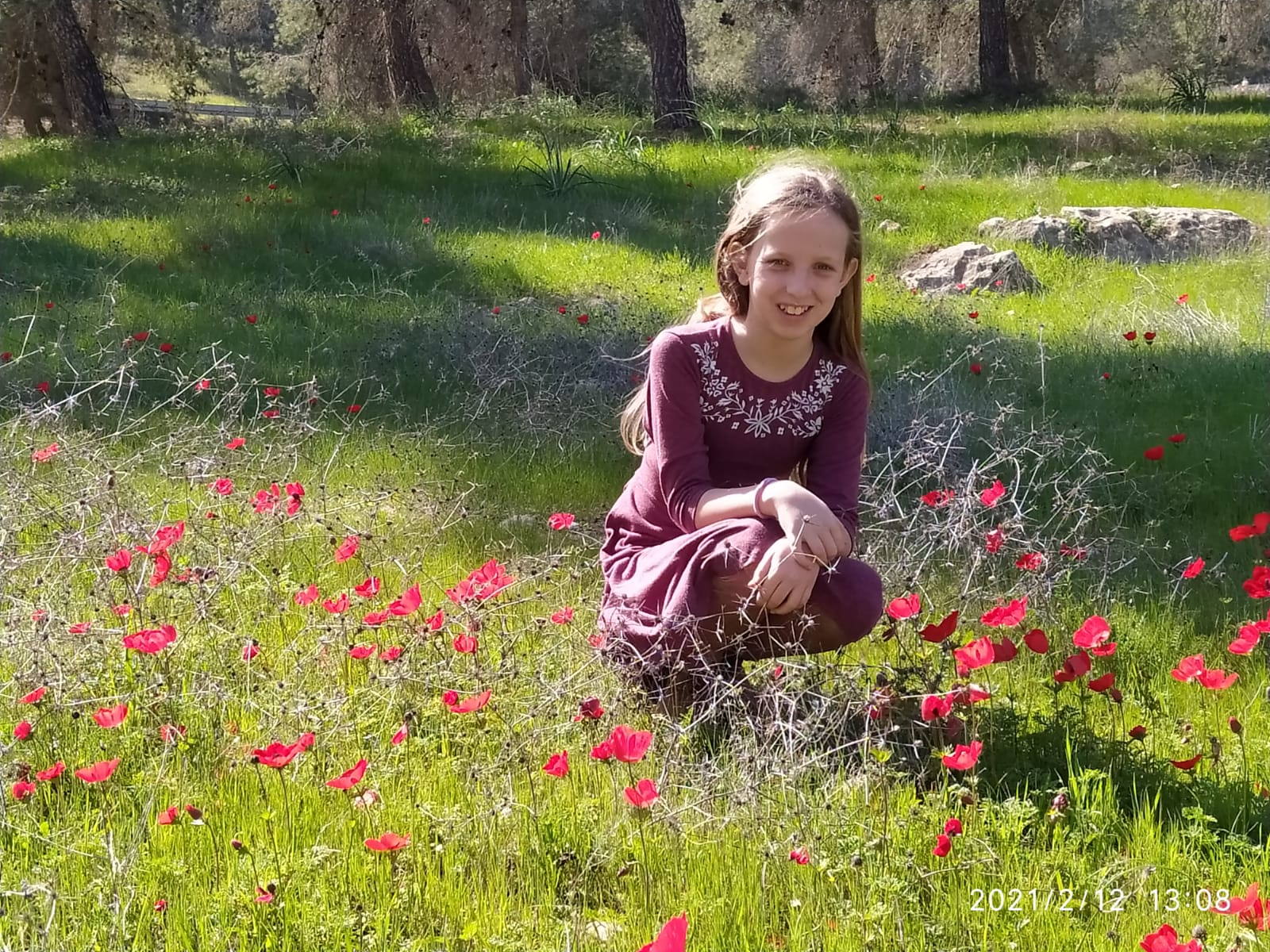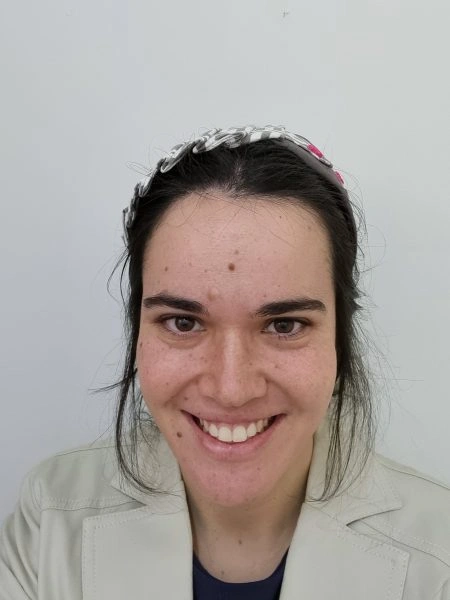מהן טריפות בעוף ומה כשרות בעו
לימוד השבוע מוקדש ע”י טינה לם לע”נ יצחק מאיר בן הרב צבי אריה ואסתר בתיה.
רוצים להקדיש למידה? התחל כאן:
לימוד השבוע מוקדש ע”י טינה לם לע”נ יצחק מאיר בן הרב צבי אריה ואסתר בתיה.
העמקה
רוצה להבין מה באמת קורה מתחת לפני השטח של הסוגיה?
שיעורים, פודקאסטים והרחבות של מיטב המורות שלנו יפתחו לך עוד זוויות וכיווני חשיבה.
חדשה בלימוד הגמרא?
זה הדף הראשון שלך? איזו התרגשות עצומה! יש לנו בדיוק את התכנים והכלים שיעזרו לך לעשות את הצעדים הראשונים ללמידה בקצב וברמה שלך, כך תוכלי להרגיש בנוח גם בתוך הסוגיות המורכבות ומאתגרות.
פסיפס הלומדות שלנו
גלי את קהילת הלומדות שלנו, מגוון נשים, רקעים וסיפורים. כולן חלק מתנועה ומסע מרגש ועוצמתי.
חולין נו
להביא עור בית הבושת חוץ למקומו פסול ואין בו כרת חוץ לזמנו פיגול וחייבים עליו כרת:
including the hide of the vulva, the halakha is the same: If one performs the sacrificial rites with intent to burn one of them outside its designated area, the offering is unfit, but there is no liability for karet for one who partakes of the offering. If he had intent to burn it beyond its designated time, this renders it piggul, and one is liable to receive karet for eating it. This baraita indicates that only Rabbi Shimon holds that the hide of the hooves is treated like its flesh, and that the Sages disagree, as Rabbi Yoḥanan stated.
מתני׳ ואלו טרפות בעוף נקובת הוושט ופסוקת הגרגרת הכתה חולדה על ראשה מקום שעושה אותה טרפה ניקב הקורקבן ניקבו הדקין נפלה לאור ונחמרו בני מעיה אם ירוקים פסולים אם אדומים כשרים דרסה וטרפה בכותל או שריצצתה בהמה ומפרכסת ושהתה מעת לעת ושחטה כשרה:
MISHNA: And these are tereifot in a bird: One with a perforated gullet, or with a cut windpipe that was cut across its width; or if a weasel struck the bird on its head in a place that renders it a tereifa, as one must be concerned that the membrane of the brain was perforated; or if the gizzard was perforated; or if the small intestines were perforated. In a case where a bird fell into the fire and its innards were singed [neḥmeru], if they turned green they are unfit, and the bird is a tereifa, but if they are red the bird is kosher. If a person trampled the bird, or slammed it against a wall, or if an animal crushed it and it is twitching, it is a tereifa because its limbs were shattered. But if the bird lasted for a twenty-four-hour period, and then one slaughtered it, it is kosher.
גמ׳ רב ושמואל ולוי דאמרי מכניס ידו לפנים ובודק אם מבצבץ ועולה טרפה ואם לאו כשרה
GEMARA: The mishna states: If a weasel struck the bird on its head in a place that renders it a tereifa, one must be concerned that the membrane of the brain was perforated. Rav and Shmuel and Levi say: How does one inspect the membrane? After slaughter, one inserts his hand into the mouth of the bird and pushes the nerve tissue with his finger and inspects it. If the nerve tissue emerges and rises out through the hole in the skull, the animal is a tereifa, because this proves that the membrane has been perforated, allowing the nerve tissue through. And if not, the animal is kosher.
הניחא למאן דאמר עד דמנקיב קרמא תתאה אלא למאן דאמר אינקיב עילאה אע”ג דלא אינקב תתאה ניחוש דלמא עילאה אינקיב תתאה לא אינקיב אי איתא דאינקיב עילאה תתאה אגב רוככיה מיפקע פקע
The Gemara asks: This works out well according to the one who says (45a) that an animal is not a tereifa unless the inner membrane is perforated as well. But according to the one who says that the animal is rendered a tereifa if the outer membrane was perforated, even if the inner membrane was not perforated, how can one rely on this inspection? Let us be concerned that perhaps the outer membrane was perforated but the inner membrane was not perforated, in which case the animal is a tereifa even if the nerve tissue does not emerge through the hole. The Gemara responds: If it is the case that the outer membrane was perforated, the inner membrane will inevitably burst due to its fragility, allowing the nerve tissue to emerge. If it does not emerge, it is certain that the outer membrane is intact as well.
אמר זעירי אין בדיקה לחולדה מפני ששיניה דקות וכי שיניה דקות מאי הוי אמר רב אושעיא מפני ששיניה דקות ועקומות
Ze’eiri says: There is no effective inspection for a bird bitten on the head by a weasel, because the weasel’s teeth are so thin that even if they perforate the membrane, the nerve tissue will not emerge through the perforations. The Gemara asks: And if its teeth are thin, what of it? Certainly a small amount will emerge through the perforation. Rav Oshaya said: There is no inspection because its teeth are fine and crooked. The hole in the skull does not overlap the perforation in the membrane, and nothing will be able to escape.
כי סליק לנהרדעא שלח להו דברים שאמרתי לפניכם טעות הן בידי ברם כך אמרו משמיה דרבי שמעון בן לקיש בודקין לחולדה ביד אבל לא במסמר ורבי יוחנן אמר אף במסמר
The Gemara recounts: When Ze’eiri went up to Neharde’a, he sent a message to the Sages: The matters that I stated before you are an error on my part. In fact, they said this in the name of Rabbi Shimon ben Lakish: One inspects a bird bitten on the head by a weasel with one’s hand, pressing against the nerve tissue to see if it emerges through the hole, but not with a nail. One may not inspect it by dragging the tip of a nail over the surface of the membrane to see if it catches on a perforation, since the nail itself may perforate the membrane. And Rabbi Yoḥanan says: One may even inspect it with a nail.
ובפלוגתא דר”י ורבי נחמיה חד בדיק בידא וחד בדיק במחטא מאן דבדיק בידא אמר ליה למאן דבדיק במחטא עד מתי אתה מכלה ממונן של ישראל אמר ליה מאן דבדיק במחטא למאן דבדיק בידא עד מתי אתה מאכיל לישראל נבלות
The Gemara notes: And this disagreement is also reflected in the dispute of Rabbi Yehuda and Rabbi Neḥemya, wherein one inspected the bird by hand, and one inspected it with a needle. The one who inspected it by hand said to the one who inspected it with a needle: Until when will you waste the money of the Jewish people by causing them to discard kosher meat? Sometimes the needle itself will perforate a membrane that was initially whole. The one who inspected it with a needle said to the one who inspected it by hand: Until when will you feed carcasses to the Jewish people, as you permit for consumption a bird that might well be forbidden?
נבלות והא שחוטה היא אלא טרפות שמא ניקב קרום של מוח
The Gemara asks: Carcasses? But this is a slaughtered animal; even if it is forbidden, it is a tereifa, not a carcass. Rather, he must have said: Until when will you feed tereifot to the Jewish people; perhaps the membrane of the brain was perforated. Inspection by hand is not reliable, since the teeth of the weasel are thin and crooked and the nerve tissue may not escape even if the membrane is perforated.
תסתיים דרבי יהודה הוא דבדיק בידא דתניא רבי שמעון בן אלעזר אומר משום רבי יהודה בודקין לחולדה ביד אבל לא במסמר נשבר העצם אע”פ שלא ניקב קרום של מוח תסתיים
The Gemara notes: It may be concluded that it is Rabbi Yehuda who inspected it by hand, as it is taught in a baraita: Rabbi Shimon ben Elazar says in the name of Rabbi Yehuda that one may inspect a bird bitten on the head by a weasel with one’s hand, but not with a nail. The baraita continues: If the bone of the skull was broken, even if the membrane of the brain was not perforated, the animal is a tereifa. The Gemara affirms: Indeed, it may be concluded that Rabbi Yehuda permits inspection only by hand.
הא גופא קשיא אמרת בודקין לחולדה ביד אבל לא במסמר אלמא אית ליה בדיקותא והדר תני נשבר העצם אף על פי שלא ניקב קרום של מוח אלמא לית ליה בדיקותא סיפא אתאן לעוף של מים הואיל ואין לו קרום אין לו קרום סלקא דעתך אלא הואיל וקרומו רך
The Gemara objects: This itself is difficult. You said in the baraita: One may inspect a bird injured by a weasel with one’s hand, but not with a nail; apparently, it has an option of inspection. But you then teach: If the bone of the skull was broken, even if the membrane of the brain was not perforated, the animal is a tereifa; apparently it has no inspection, because inspecting for a perforation would be pointless. The Gemara responds: In the latter clause, we come to discuss a water bird, which cannot be inspected, since it has no membrane. The Gemara clarifies: Can it enter your mind that it has no membrane? One can see that it does. Rather, the response is: Since its membrane is fragile, it must have ruptured when the skull was broken.
אמר ליה רב נחמן לרב ענן מר אמר שמואל בדיק בידא ומכשר והונא חברין אמר רב בדיק בידא ומכשר והתני לוי טרפות שמנו חכמים בבהמה כנגדן בעוף יתר עליהן עוף נשבר העצם אע”פ שלא ניקב קרום של מוח אמר ליה ההוא בעוף של מים הואיל ואין לו קרום אין לו קרום ס”ד אלא הואיל וקרומו רך
Similarly, the Gemara relates that Rav Naḥman said to Rav Anan: The Master says that Shmuel inspects a bird bitten on the head by a weasel with his hand and deems it kosher if the membrane is not perforated, and our colleague Rav Huna also says that Rav inspects it by hand and deems it kosher. But doesn’t Levi teach: Those tereifot that the Sages enumerated in an animal apply likewise in a bird, and in addition to those, a bird is a tereifa if the bone of the skull was broken, even if the membrane of the brain was not perforated? If so, how can a bird be permitted through inspection? Rav Anan said to him: That baraita is referring to a water bird, which cannot be inspected since it has no membrane. The Gemara clarifies: Can it enter your mind that it has no membrane? Rather, the response is: Since its membrane is fragile.
ההיא תרנגולתא דהואי בי רב חנא שדרה לקמיה דרב מתנא נשבר העצם ולא ניקב קרום של מוח הואי ואכשרה א”ל והתני לוי טרפות שמנו חכמים בבהמה כנגדן בעוף יתר עליהן עוף נשבר העצם אע”פ שלא ניקב קרום של מוח אמר ליה התם בעוף של מים הואיל ואין לו קרום אין לו קרום ס”ד אלא אימא הואיל וקרומו רך
Similarly, the Gemara relates: There was a certain hen that was in the house of Rav Ḥana whose skull was injured. He sent it before Rav Mattana, who inspected it and found that the bone of the skull was broken but the membrane of the brain was not perforated, and he deemed it kosher. Rav Ḥana said to Rav Mattana: But doesn’t Levi teach: Those tereifot that the Sages enumerated in an animal hold likewise in a bird, and in addition to those, a bird is a tereifa if the bone of the skull was broken, even if the membrane of the brain was not perforated? Rav Mattana said to him: That baraita is referring to a water bird, which cannot be inspected since it has no membrane. The Gemara clarifies: Can it enter your mind that it has no membrane? Rather, say that his response was: Since its membrane is fragile.
רב שיזבי בדיק בשימשא רב יימר בדיק במיא רב אחא בר יעקב בדיק
The Gemara notes that Rav Sheizvi would inspect the membrane of the brain by the light of the sun. Rav Yeimar would inspect it by pouring water into the skull through the hole, to see if it emerges mixed with nerve tissue. Rav Aḥa bar Ya’akov would inspect it
בגילא דחיטתא
by dragging a wheat straw over the membrane to see if it would catch on a perforation.
אמר רב שיזבי הני אווזי דידן כעוף של מים דמיין:
Rav Sheizvi said: Our geese are considered like water birds. If the skull of a goose is broken, even if the membrane is not perforated, it is a tereifa.
נפלה לאור: אמר רבי יוחנן משום רבי יוסי בן יהושע שיעור ירוקתן כשיעור נקובתן מה נקובתן במשהו אף ירוקתן במשהו
§ The mishna states: In a case where a bird fell into the fire and its innards were singed, if they turned green the bird is a tereifa; if they are red the bird is kosher. Rabbi Yoḥanan says in the name of Rabbi Yosei ben Yehoshua: The measure of their turning green is like the measure of their perforation. Just as their perforation in any amount renders them a tereifa, so too their turning green in any amount renders them a tereifa.
בעא מיניה רב יוסף בריה דרבי יהושע בן לוי מריב”ל הוריקה כבד כנגד בני מעיים מהו אמר ליה טרפה ולא יהא אלא ניטלה אמר רבא כיון שהוריקה כבד כנגד בני מעיים בידוע שנפלה לאור ונחמרו בני מעיים וטרפה:
Rav Yosef, son of Rabbi Yehoshua ben Levi, asked Rabbi Yehoshua ben Levi: If a liver turned green on the side facing the intestines, what is the halakha? Rabbi Yehoshua ben Levi said to him: The bird is a tereifa. Rav Yosef said to him: But this halakha should be no more stringent than that of a case where the liver was removed and an olive-bulk remained (see 54a), in which case the bird is kosher. Therefore, as long as an olive-bulk remains red, the bird should be kosher. Rava said: Since the liver turned green facing the intestines, it is certain that the bird fell into the fire and the intestines themselves were singed, and this is why the animal is a tereifa, not because of the liver per se.
ריב”ל הויא ליה ההיא תרנגולת שדריה לקמיה דר’ אלעזר הקפר בריבי א”ל ירוקין הוו ואכשרה והאנן תנן ירוקין פסולין לא אמרו ירוקין פסולין אלא בקורקבן בלב ובכבד תניא נמי הכי באלו בני מעיים אמרו בקורקבן בלב ובכבד
The Gemara recounts: Rabbi Yehoshua ben Levi had a certain hen that fell into the fire. After it was slaughtered, he sent it before the distinguished Rabbi Elazar HaKappar and said to him: Its innards were green, and Rabbi Elazar HaKappar deemed it kosher. Rabbi Yehoshua ben Levi asked: But didn’t we learn in the mishna: If they turned green they are unfit? Rabbi Elazar HaKappar said to him: The Sages said that if they turned green they are unfit only with regard to the gizzard, the heart, and the liver, which are naturally red. Other innards of a hen, such as the intestines, are naturally green, and a green appearance in them does not render the hen a tereifa. The Gemara notes: This is also taught in a baraita: Concerning which innards did they say that a green appearance renders the bird a tereifa? Only concerning the gizzard, the heart, and the liver.
רבי יצחק בר יוסף הוה ליה ההוא תרנגולתא שדרה לקמיה דרבי אבהו וא”ל אדומין הוו וטרפה והאנן תנן אדומין כשרים אמר ליה אדומין שהוריקו וירוקין שהאדימו טרפה לא אמרו אדומין כשרים אלא בלב בקורקבן ובכבד
The Gemara recounts: Rabbi Yitzḥak bar Yosef had a certain hen that fell into the fire. After it was slaughtered, he sent it before Rabbi Abbahu and said to him: Its innards were red, and Rabbi Elazar HaKappar deemed it a tereifa. Rabbi Yitzḥak bar Yosef asked: But didn’t we learn in the mishna: If they are red, the bird is kosher? Rabbi Elazar HaKappar said to him: Red innards that turned green and green innards that turned red render the animal a tereifa. The Sages said in the mishna that red innards are kosher only with regard to the heart, the gizzard, and the liver, because these organs are naturally red. Organs that are naturally green, however, render the bird a tereifa if they have turned red.
אמר רב שמואל בר חייא אמר רבי מני אדומין שהוריקו ושלקן וחזרו והאדימו כשרין מאי טעמא קוטרא עייל בהו אמר רב נחמן בר יצחק אף אנן נאמר אדומין שלא הוריקו ושלקן והוריקו טרפה מאי טעמא איגלאי בהתייהו אמר רב אשי הלכך לא ליכול אינש אלא בשלקא ולא היא אחזוקי ריעותא לא מחזקינן:
Rav Shmuel bar Ḥiyya says that Rabbi Mani says: If red organs turned green, and one boiled them and they turned red again, they are kosher. What is the reason? This proves that they were not burned; rather, smoke entered them and changed their color temporarily. Rav Naḥman bar Yitzḥak said: We, too, will say: If red organs did not turn green, and one boiled them and they then turned green, the animal is a tereifa. What is the reason? Their shame was revealed, i.e., it is evident that they were in fact burned. Rav Ashi said: Therefore, even if a bird’s innards remain red after it fell in a fire, a person may eat it only if it is boiled, to be certain that the innards will not turn green. The Gemara rejects this: But that is not so, since we do not presume the existence of a flaw without evidence.
דרסה וטרפה בכותל: א”ר אלעזר בן אנטיגנוס משום רבי אלעזר בר’ ינאי אחת זו ואחת זו צריכה בדיקה:
§ The mishna states: If a person trampled the bird, or slammed it against a wall, or if an animal crushed it, and it lasted twenty-four hours, and then one slaughtered it, it is kosher. Rabbi Elazar ben Antigonus says in the name of Rabbi Elazar, son of Rabbi Yannai: Both this and that, i.e., all of the above cases, require inspection after slaughter, to ascertain that there is no injury that would itself render the animal a tereifa.
מתני׳ ואלו כשרות בעוף ניקבה הגרגרת או שנסדקה הכתה חולדה על ראשה מקום שאינו עושה אותה טרפה ניקב הזפק רבי אומר אפילו ניטל יצאו בני מעיה ולא ניקבו נשתברו גפיה נשתברו רגליה נמרטו כנפיה רבי יהודה אומר אם נטלה הנוצה פסולה:
MISHNA: And these are kosher among birds: If a bird’s windpipe was perforated or cracked lengthwise; or if a weasel struck the bird on its head in a place that does not render it a tereifa; or if the crop was perforated. Rabbi Yehuda HaNasi says: It is kosher even if the crop was removed. If the bird’s intestines emerged from the abdominal wall but were not perforated, or if its wings were broken, or if its legs were broken, or if the feathers on its wings were plucked, the bird is kosher. Rabbi Yehuda says: If the down covering its body was removed, it is a tereifa and unfit for consumption.
גמ׳ תנו רבנן מעשה ברבי סימאי ורבי צדוק שהלכו לעבר שנה בלוד ושבתו באונו והורו בטרפחת כרבי בזפק
GEMARA: The Sages taught in a baraita: There was an incident involving Rabbi Simai and Rabbi Tzadok, who went to intercalate the year in Lod, and they spent Shabbat in the town of Ono. And they ruled with regard to an animal whose womb was removed, in accordance with the opinion of Rabbi Yehuda HaNasi in the mishna with regard to the crop.
איבעיא להו הורו בטרפחת לאיסורא כרבי בזפק להתירא או דילמא הורו בטרפחת להתירא כרבי בזפק אבל כרבי בזפק לא סבירא להו תיקו
A dilemma was raised before the Sages: What is the meaning of the baraita? Is it referring to two different rulings, i.e., that they ruled with regard to the womb to prohibit it, and they also ruled in accordance with the opinion of Rabbi Yehuda HaNasi with regard to the crop to permit it? Or perhaps it is referring to only one ruling, and it means that they ruled with regard to the womb to permit it, in accordance with the opinion of Rabbi Yehuda HaNasi with regard to the crop, but they do not hold in accordance with the opinion of Rabbi Yehuda HaNasi with regard to the crop itself. The Gemara concludes: The dilemma shall stand unresolved.
אמר רבה ואיתימא רבי יהושע בן לוי גגו של זפק נידון כוושט היכא אמר רב ביבי בר אביי כל שנמתח עמו:
Rabba says, and some say it was Rabbi Yehoshua ben Levi who says: The roof the crop is treated like the gullet, i.e., it renders the bird a tereifa if perforated in any amount. The Gemara asks: Where is the roof of the crop? Rav Beivai bar Abaye said: It is any part of the crop that stretches with the gullet.
יצאו בני מעיה: אמר רבי שמואל בר רב יצחק לא שנו אלא שלא היפך בהן אבל היפך בהן טרפה דכתיב (דברים לב, ו) הוא עשך ויכוננך מלמד שברא הקב”ה כונניות באדם שאם נהפך אחת מהן אינו יכול לחיות
§ The mishna states: If the bird’s intestines emerged from the stomach wall but were not perforated, the bird is kosher. Rabbi Shmuel bar Rav Yitzḥak says: The Sages taught this halakha only in a case where one did not jumble them, but returned them to the stomach in their proper order. But if he jumbled them, the bird is a tereifa, as it is written: “Has He not made you, and established you?” (Deuteronomy 32:6). The verse teaches that the Holy One, Blessed be He, created established locations for each organ in a person, so that if one of them is switched he cannot live. The same applies to other creatures.
תניא היה רבי מאיר אומר הוא עשך ויכוננך כרכא דכולה ביה ממנו כהניו ממנו נביאיו ממנו שריו ממנו מלכיו שנאמר (זכריה י, ד) ממנו פנה ממנו יתד וגו’
It is taught in a baraita: Rabbi Meir would say that the verse: “Has He not made you, and established you?” teaches that the Jewish people is a city with everything in it. Out of it come its priests, out of it come its prophets, out of it come its chiefs, out of it come its kings, as it is stated: “Out of them shall come forth the cornerstone, out of them the stake, out of them the battle bow, out of them every master together” (Zechariah 10:4).
ההוא ארמאה דחזייה לההוא גברא דנפל מאיגרא לארעא פקעיה כרסיה ונפוק מעייניה אתייה לבריה ושחטיה קמיה
The Gemara recounts an incident involving a certain Roman who saw a certain man fall from the roof to the ground, and his stomach ruptured and his intestines emerged. The Roman brought the man’s son and slaughtered him before his father’s eyes




















